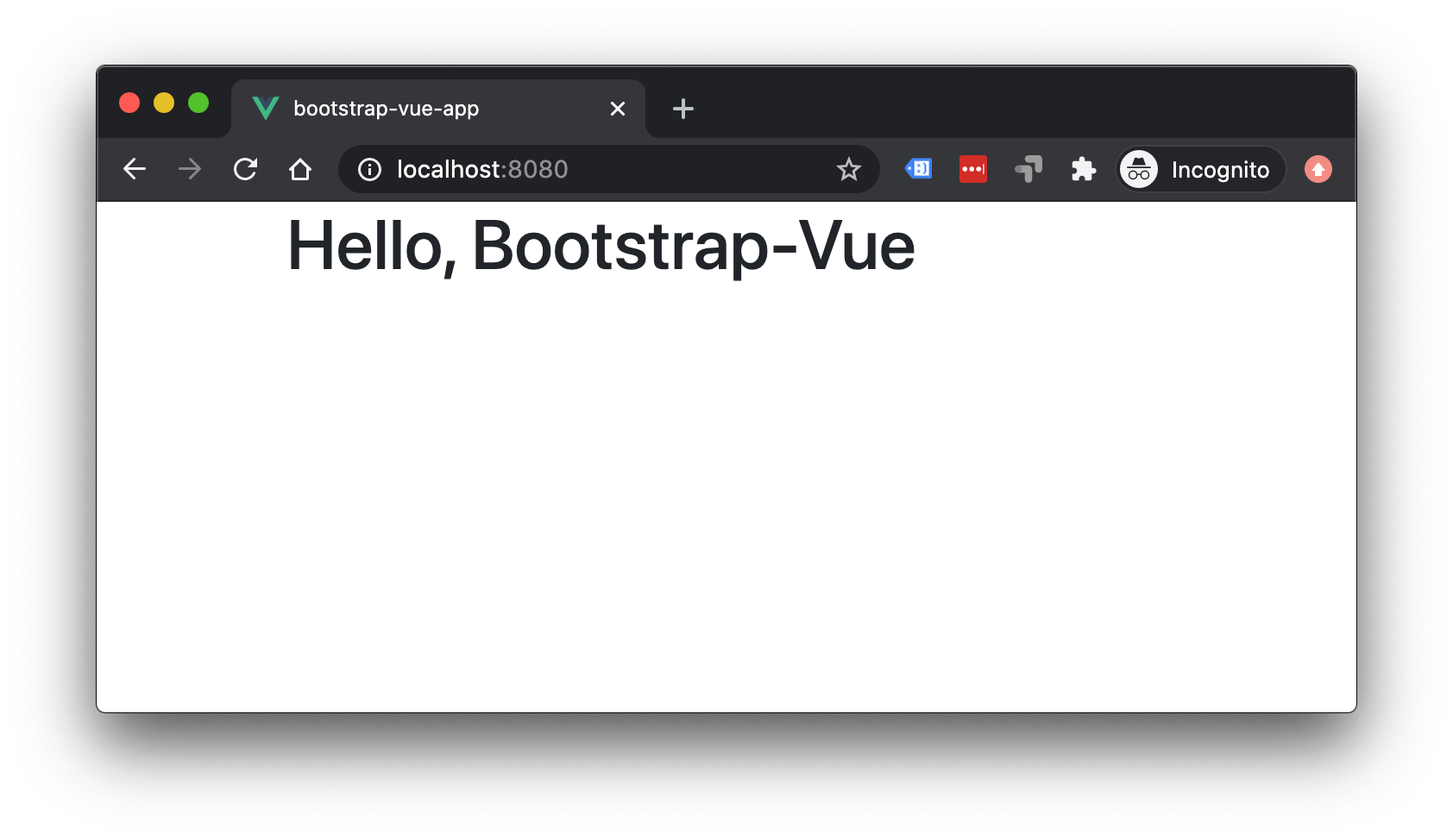

- #Javascript run as soon as element renders Patch
- #Javascript run as soon as element renders code
- #Javascript run as soon as element renders windows
That’s why Sciter provides not just one but several ways to define event handlers: And not only UI application, console application may also react on CTRL-C, LOGOFF and other events.įor the note: Browsers and Sciter use Sinking|capturing/Bubbling event propagation schema.Ĭonvenient and flexible way of event handling is the must for any UI library, framework, engine, etc. Resume: use of web UI frameworks is usually overkill – Sciter already has needed mechanisms implemented natively.Įvent handling is a cornerstone of any UI application.
#Javascript run as soon as element renders Patch
And you can apply reactive patch mechanism locally – where it is really beneficial. Reactor is really just one function – element.patch(vdom), all other functionality like built-in componentDidMount()/componentWillUnmount() are used also in Sciter components for exactly same purpose as in Reactor.

And by the way, sometimes it is more effective to use direct updates than to use patching. In principle Reactor is optional – you can do DOM updates directly. diff or patch) is dead simple by nature: modify DOM using VDOM (JSX) as a template. and you do updates in place – not the whole page but only stuff that needs to be changed.you use not PHP language but JavaScript in this case.Surprisingly React can be thought as an evolution of good old PHP execution model – you receive some events from the user and generate new UI in response. So there is built-in JSX and Reactor in Sciter. But for desktop UI we need something special anyway. JavaScript in Sciter can be used to run tons of existing non-UI JS libraries we have for Node.JS for example.
#Javascript run as soon as element renders windows
Windows of desktop applications have not just width but height too – vertical alignment not generally needed on web pages but not so on desktop. But it will be weird to make desktop application of it. Historically model of HTML-inside-browser is an endless tape (width is known, height is unknown).

#Javascript run as soon as element renders code
In Sciter’s context they make not too much sense really – only if you want to have exactly the same code being run on desktop and on the Web. Vue, Mithril, React, PReact, Svelte are good. And add it right now, not after years of chewing it in the committee. With Sciter we have better option: just to add API we all need for the best performance. We should understand that all web frameworks are about “fixing” quite limited API that browsers provide. If you absolutely need to run code before something renders, do it in the parent, and conditionally render the child once whatever you need is “ready”.Īlso, check out the cheatsheet I put together (below) for 5 examples of useEffect and the equivalent lifecycle methods.(In response to this comment) Web UI frameworks are for the Web. Or, ensure that your component will survive missing data, by initializing your state to an empty array or some other “empty” value (rather than null or undefined). If you want to wait for data to load, for instance – check if the data is ready, and if not, return early. Re-think your approach so that it can work with an intermediate state, where the component renders at least once in an “un-ready” state. The real answer is that trying to run code before a component renders usually is a misunderstanding of how React works. And you could write a custom hook that’ll run before the component returns – just call it like you would any other function.ĭon’t do this, though: React can and will sometimes call your components multiple times before actually rendering them to the screen, so you can’t rely on “one call = one render”. The longer answer is that technically, a React hook is just a function.

( useLayoutEffect is the same, it also runs after render). useEffect is the only hook that is meant for tying in to the component lifecycle, and it only ever runs after render. Get great at useEffect this afternoon with Learn useEffect Over Lunch.


 0 kommentar(er)
0 kommentar(er)
